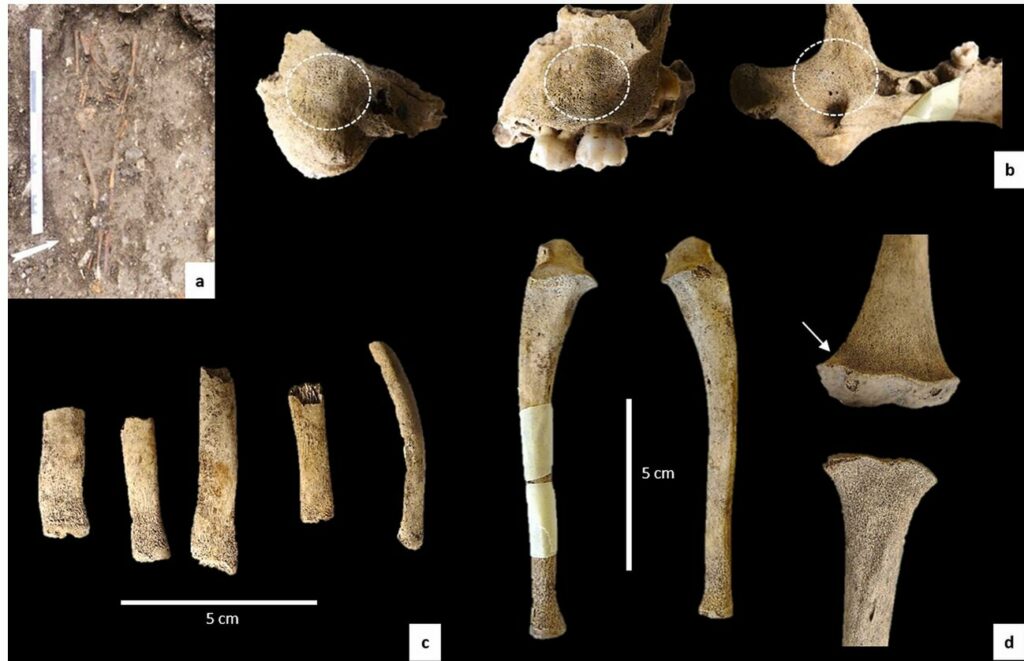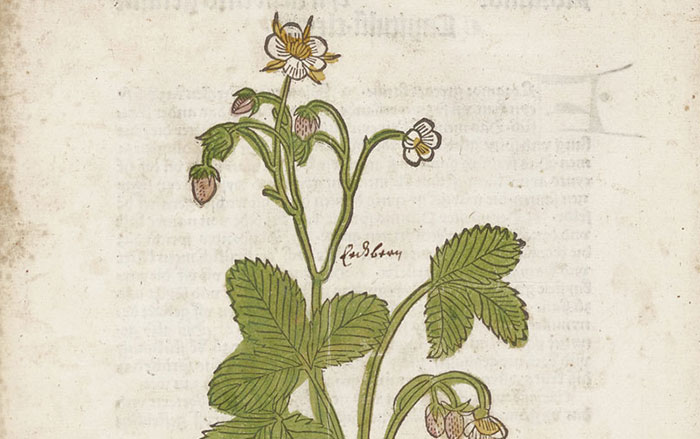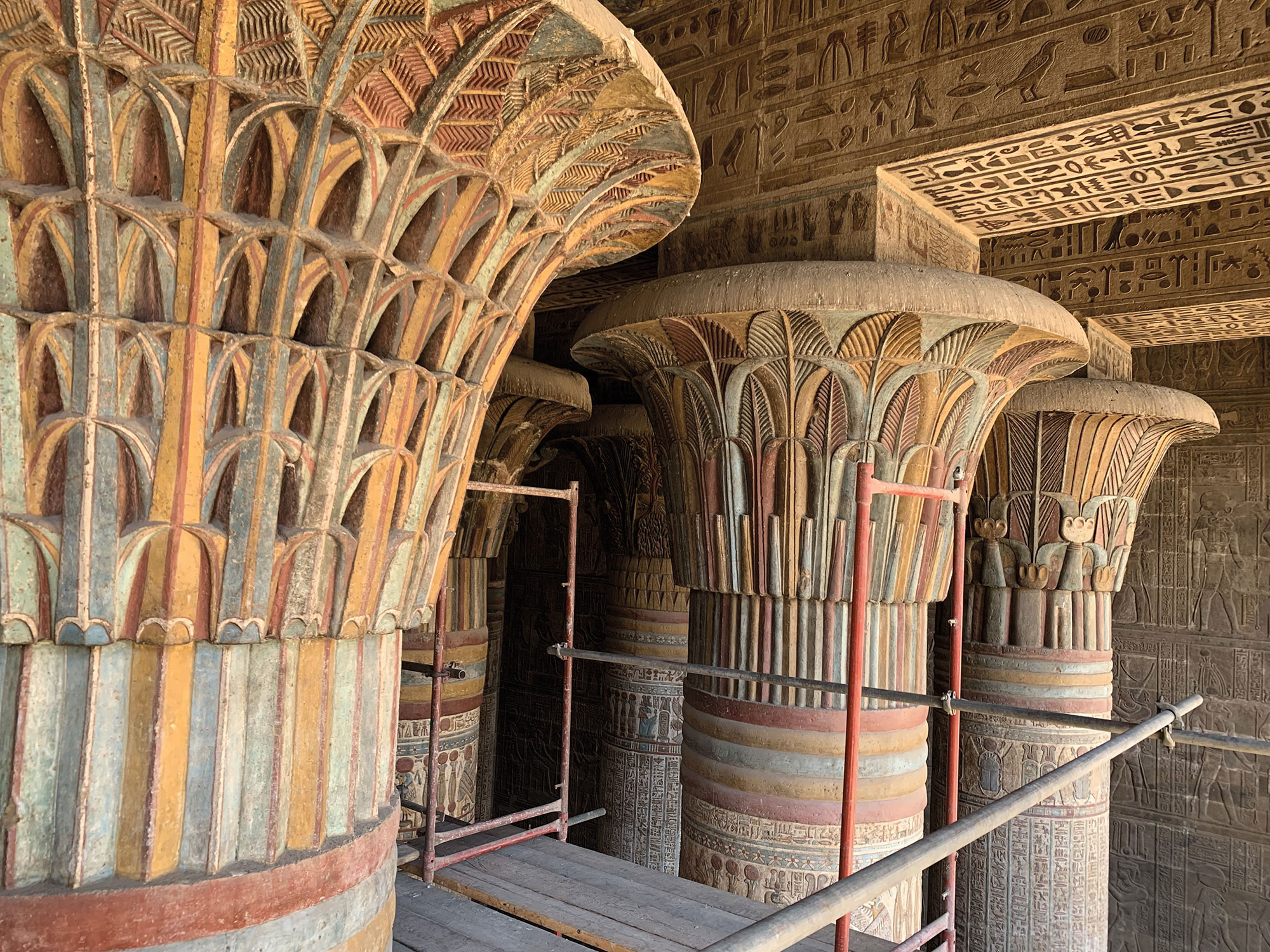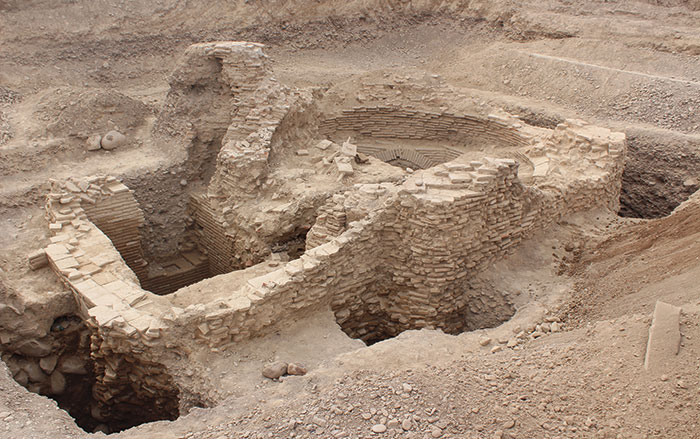
ROUEN, FRANCE—According to a Phys.org report, new analysis of the remains of a child who mysteriously died in mid-nineteenth century France revealed that he suffered from mercury poisoning. The skeleton of the three- to four-year-old toddler was unearthed at the site of Rue Thubeuf, where an eighteenth- and nineteenth-century cemetery belonging to Saint-Gervais parish was located. The child’s bones were among 18 that were recently studied by researchers using micro-CT scanning, X-ray fluorescence, and cold vapor atomic absorption spectrometry. They determined that the youngster suffered from rickets and scurvy likely caused by poor living conditions during the Industrial Revolution. But they also noticed that there were high levels of mercury in his bones and teeth. The study ruled out mercury contamination from either food or environmental circumstances and concluded the child had been administered the toxic metal as a cure for his ailments, which ultimately killed him. “There is a real paradox between mercury’s high toxicity (that we know today) and its historical appeal,” said researchers Alexandra Zinn and Anthony Colombo. “In the past, mercury was seen as magical and esoteric. Mercury treatments were painful and exhausting, leading patients to experience unwanted effects, including asphyxia, dizziness, delirium, tooth loss, and mercurial glossitis.” For more on the historical medicinal uses of mercury, go to "Medicine on the High Seas."










